Valve technology has been evolving steadily to meet the increasingly complex demands of industrial applications. Among the many types of valves in use today, ball and butterfly valves remain popular choices due to their versatility and reliability. Recent developments in design, materials, and control systems have significantly improved their performance, allowing industries to operate more efficiently and safely.
Ball and butterfly valves are often selected for their ability to regulate flow effectively with relatively simple mechanisms. In particular, ball valves provide tight sealing and quick shutoff capabilities, making them suitable for a range of industrial uses. Butterfly valves, on the other hand, offer advantages in terms of compact size and lower weight, which can be crucial in large pipeline systems. As the technology progresses, manufacturers are focusing on enhancing the durability and resistance of these valves to various environmental factors, such as corrosion and high temperatures.

A specific area of advancement is the improvement of low pressure gas valve designs. Low pressure gas valves are essential components in many industrial processes, especially where safe and controlled gas flow is critical. Innovations in sealing materials and valve actuation have contributed to more reliable and leak-free operation. These improvements also facilitate easier maintenance and longer service intervals, which can reduce downtime in industrial facilities.
In addition to ball and butterfly valves and low pressure gas valves, pressure reducing valve and backflow preventer technologies have seen considerable progress. Pressure reducing valves are crucial for maintaining system stability by regulating pressure levels within pipelines, protecting equipment and ensuring operational safety. Backflow preventers, meanwhile, are vital for safeguarding potable water supplies and preventing contamination. Recent designs have incorporated enhanced sealing and sensing mechanisms that respond more accurately to changes in flow and pressure, thereby increasing system reliability.
One notable trend in valve technology is the integration of smart controls and sensors. These additions allow real-time monitoring of valve status and performance, enabling predictive maintenance and improved process control. Ball and butterfly valves equipped with digital actuators can now be remotely operated and adjusted, providing greater flexibility and efficiency in industrial settings. Similarly, low pressure gas valves with smart sensors can detect leaks or pressure drops early, less risks and improving safety protocols.
Material science has also contributed to advances in valve manufacturing. The use of composite materials and specialized coatings has enhanced the resistance of ball and butterfly valves to wear, corrosion, and chemical exposure. For low pressure gas valves, materials that reduce friction and prevent buildup help maintain smooth operation over extended periods. Pressure reducing valve and backflow preventer components benefit from durable seals that withstand pressure fluctuations and temperature changes, ensuring longer operational life.
Environmental considerations are increasingly influencing valve design as well. Reducing emissions and preventing leaks are critical goals, particularly in industries handling hazardous gases. Advances in low pressure gas valve technology focus on lower leakage rates and ensuring compliance with stricter environmental regulations. Similarly, the improved sealing technologies in ball and butterfly valves contribute to reducing fugitive emissions, which can have both environmental and economic benefits.
Installation and maintenance are other areas where valve technology has progressed. Modular designs for ball and butterfly valves simplify installation and replacement, reducing labor time and costs. Low pressure gas valves are now designed for easier access and quicker servicing, which is beneficial in industrial environments where uptime is critical. Pressure reducing valve and backflow preventer units also feature more user-friendly configurations, allowing operators to perform inspections and repairs with small disruption.
The expanding application range of valves has driven these technological advances. Ball and butterfly valves are now found not only in traditional water and gas systems but also in chemical processing, power generation, and manufacturing industries. Low pressure gas valves are crucial in fields ranging from HVAC systems to industrial gas supply chains. Pressure reducing valve and backflow preventer solutions continue to play a vital role in protecting system integrity across various sectors.
Despite these improvements, challenges remain in valve technology. Balancing cost, reliability, and performance continues to require innovation. The need for valves that operate effectively in bad conditions, such as high pressure or corrosive environments, motivates ongoing research. Additionally, the integration of digital technologies with traditional valve designs calls for standardization and compatibility across different industrial systems.
In conclusion, advances in valve technology for industrial applications are enhancing operational efficiency, safety, and environmental protection. Ball and butterfly valves maintain their prominence due to continuous improvements in design and materials. Low pressure gas valves benefit from innovations that improve sealing and control, while pressure reducing valve and backflow preventer technologies offer greater accuracy and reliability. Together, these developments support the evolving needs of modern industry and contribute to more sustainable and secure systems.


 English
English русский
русский Español
Español عربى
عربى
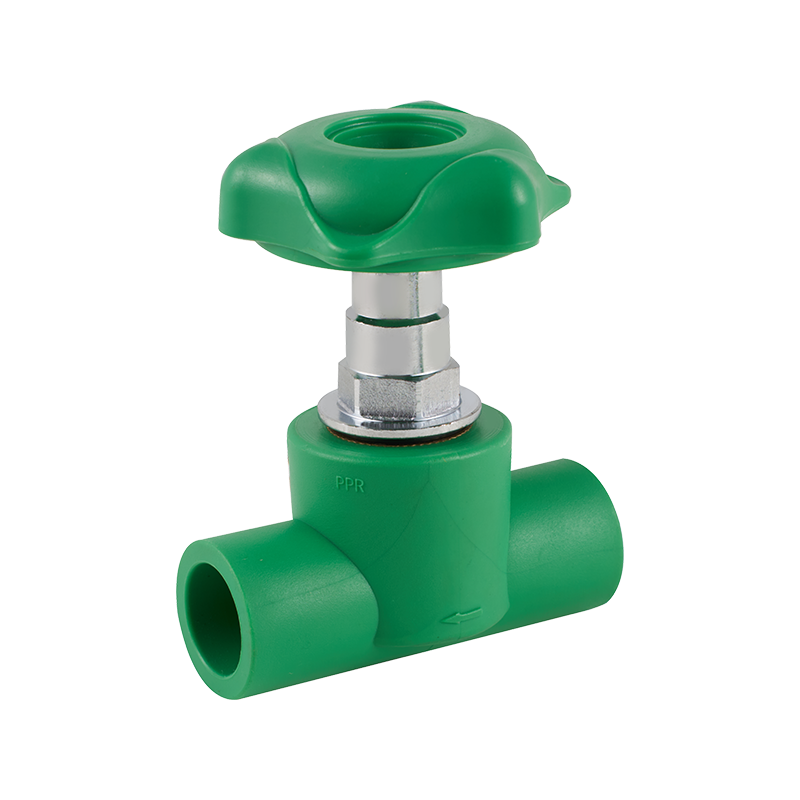
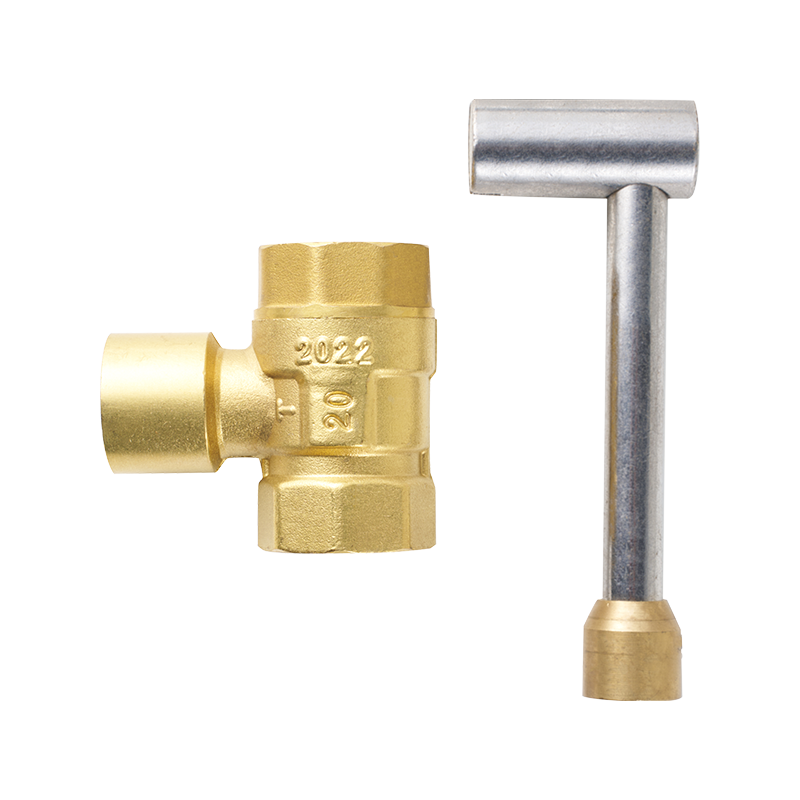
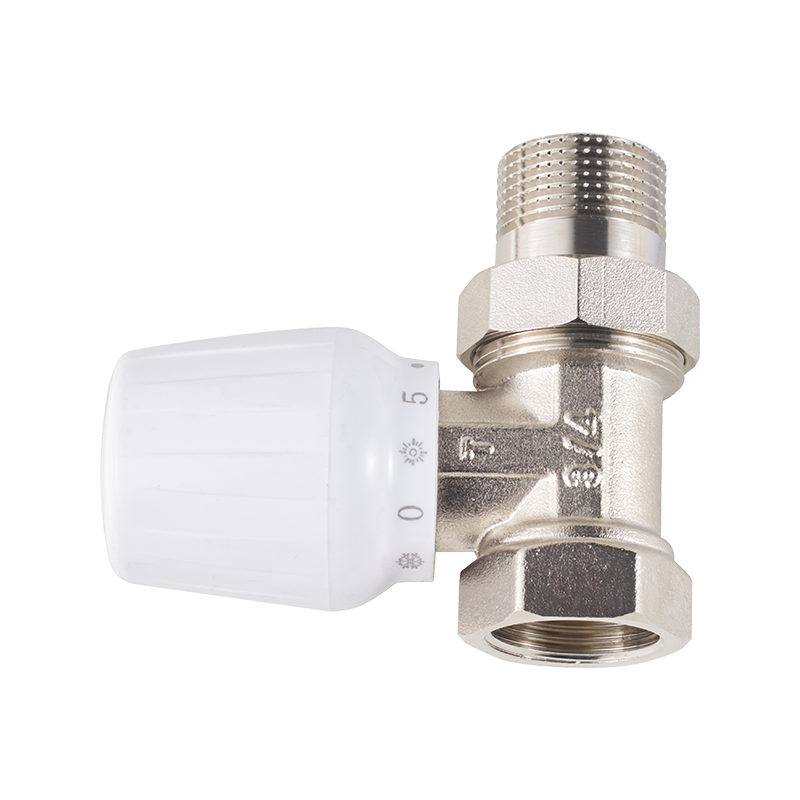
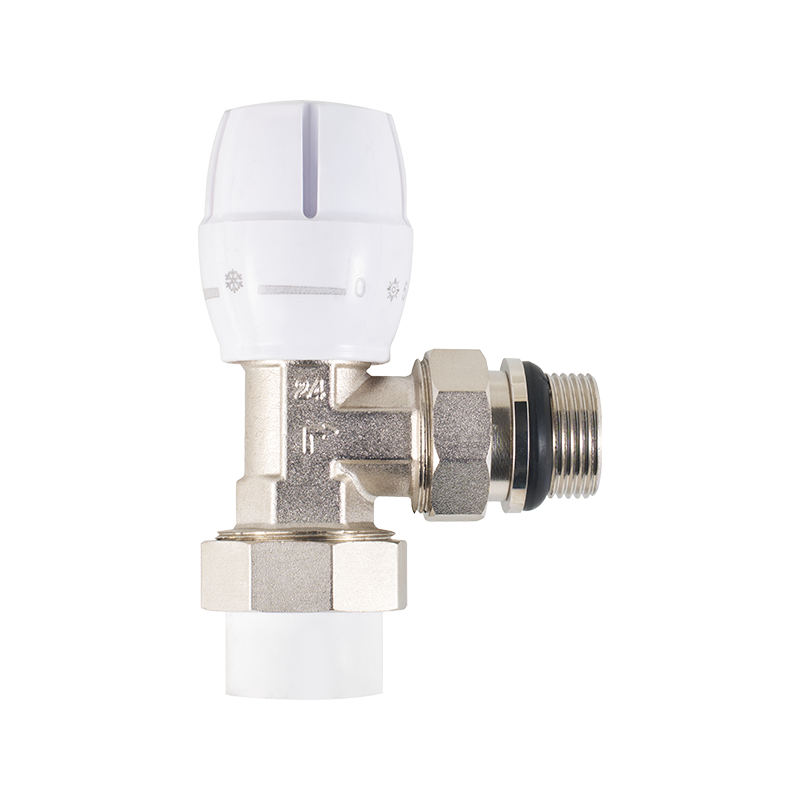
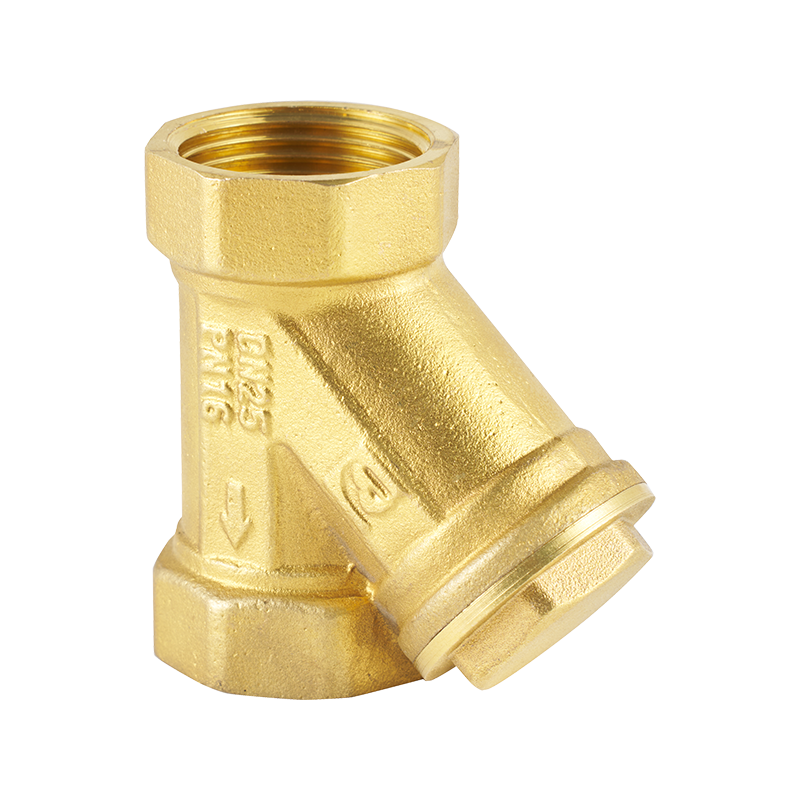

 CONTACT US
CONTACT US